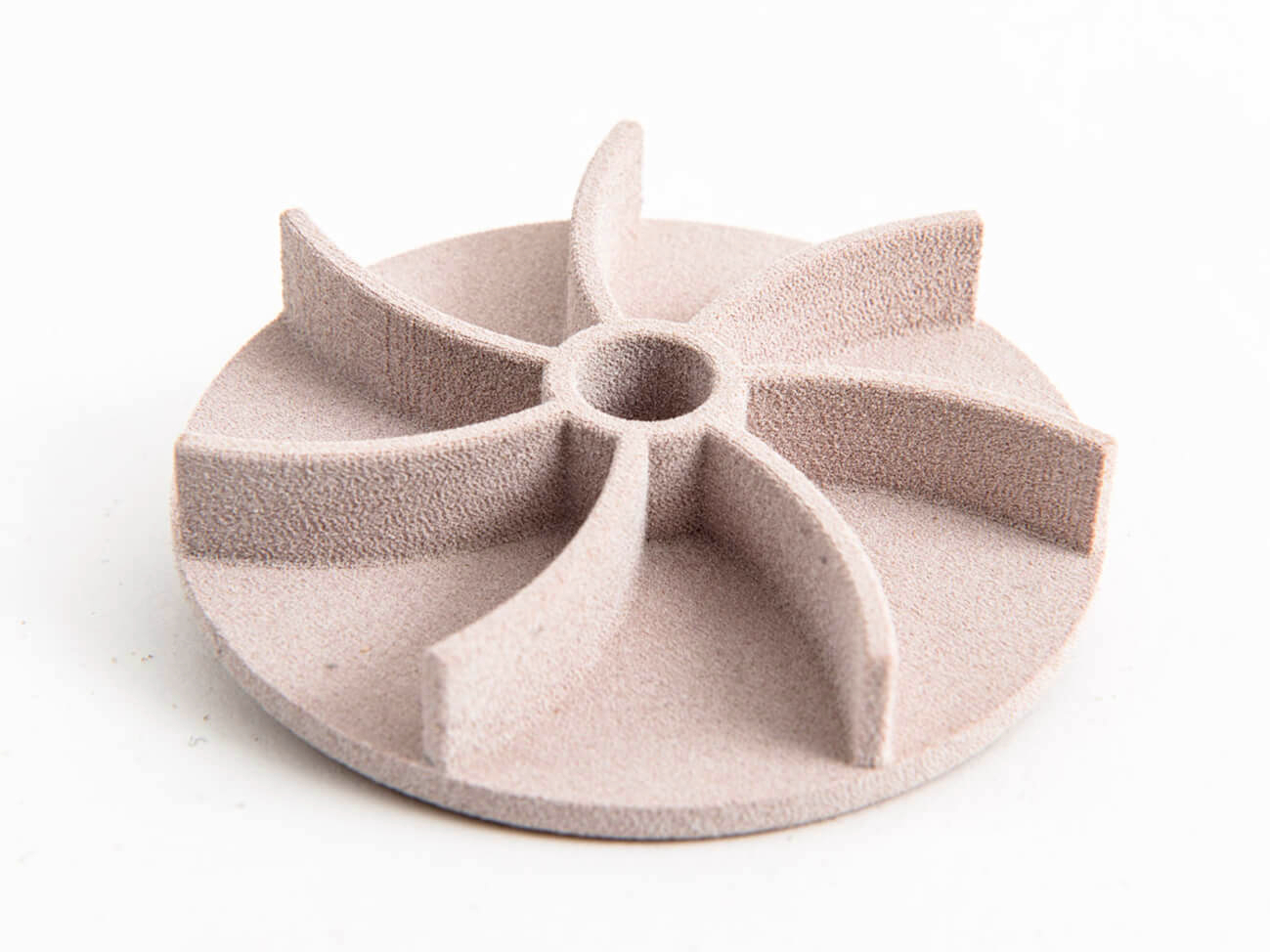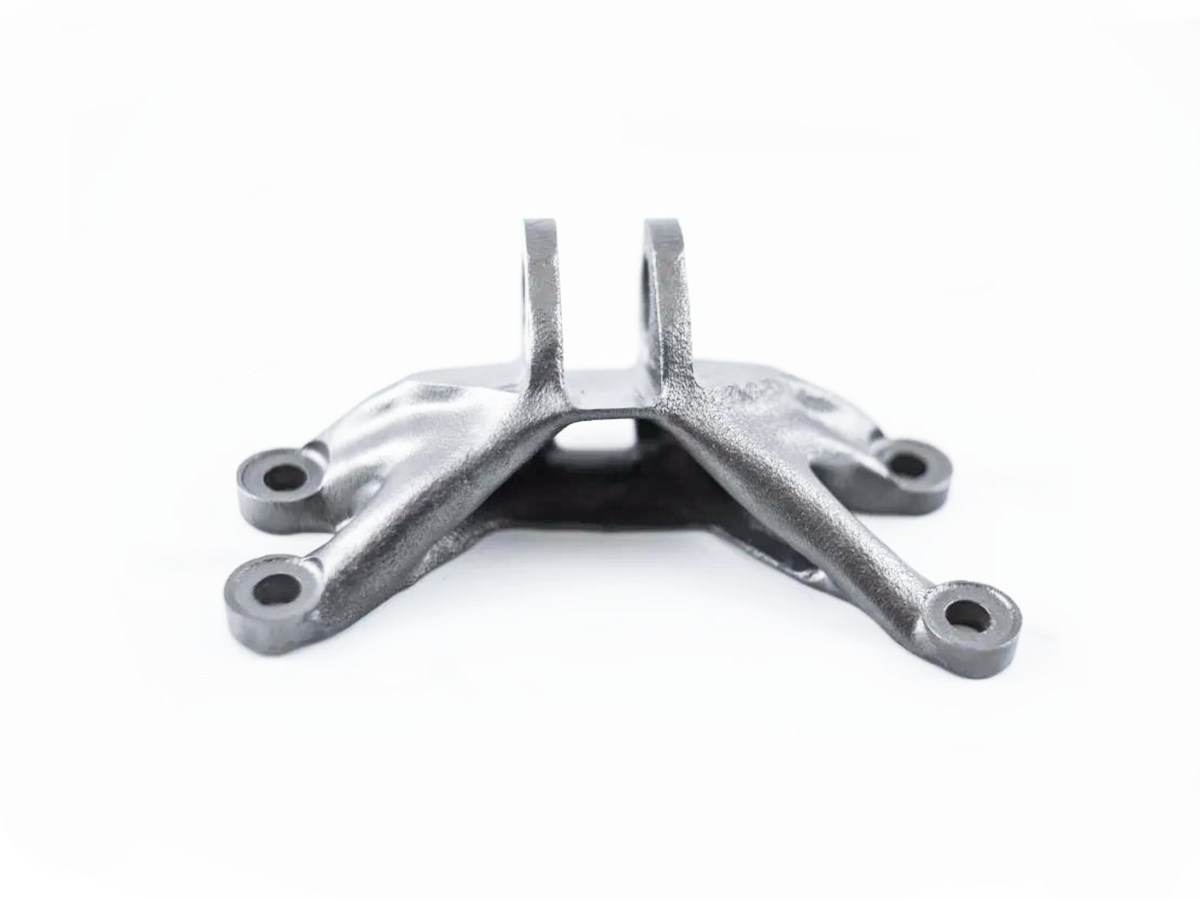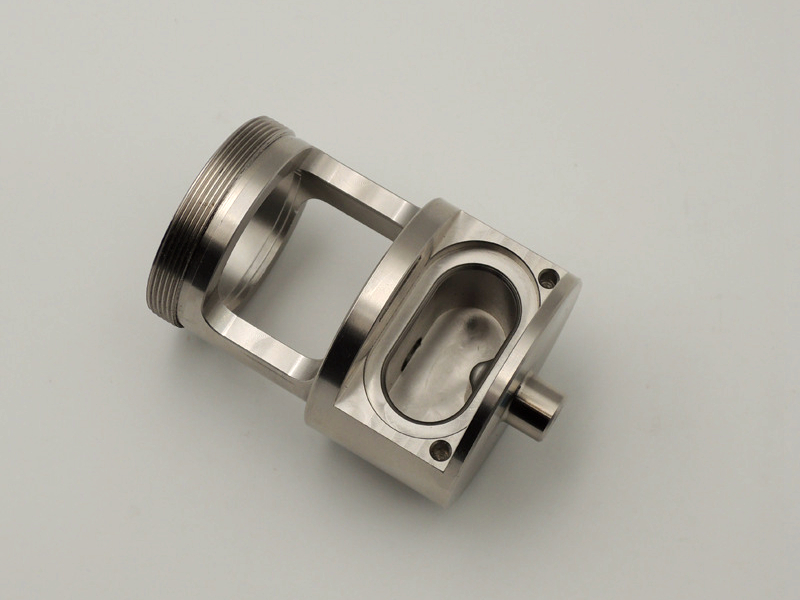Can ceramic 3D printed parts match the density and strength of sintered ones?
From a manufacturing and materials science perspective, this question strikes at the core challenge of ceramic additive manufacturing. The short answer is that it is extremely challenging for 3D printed ceramic parts to fully match the density and mechanical strength of parts produced by conventional pressing and sintering, although the performance gap is narrowing with the advancement of technologies.
The Fundamental Challenge: Porosity
Traditional ceramic manufacturing methods, such as uniaxial pressing, cold isostatic pressing (CIP), and injection molding, involve compacting fine ceramic powders under high pressure to create a "green" body with a very high density and uniform particle packing. This dense preform is then sintered, where diffusion processes effectively eliminate most remaining pores, resulting in near-theoretical density.
Most ceramic 3D printing processes, such as Binder Jetting, Stereolithography (SLA), and Direct Ink Writing (DIW), are inherently layer-based and involve a binder material. This introduces two primary sources of porosity:
Interlayer Voids: The layer-by-layer construction can create microscopic boundaries and voids between deposited roads or cured layers, which are challenging to fully eliminate during sintering.
Binder Removal: The process of burning out the polymeric binder (debinding) creates channels and pores that must be closed during sintering. The initial, lower-density "green" part from 3D printing makes achieving full densification more difficult compared to a high-pressure compacted part.
This residual porosity acts as stress concentrators, significantly reducing the part's tensile and flexural strength compared to a fully dense, sintered counterpart.
Comparison of Strength and Density
The following table generalizes the typical performance differences:
Property | Conventional Pressed & Sintered Ceramics (e.g., Alumina) | 3D Printed & Sintered Ceramics |
|---|---|---|
Density | >99% of theoretical density | Typically 92-98% of theoretical density |
Flexural Strength | Very high (e.g., 300-400 MPa for Alumina) | Significantly lower, often 50-70% of pressed strength |
Reliability & Consistency | High, due to uniform microstructure | Lower, can be anisotropic and sensitive to print parameters |
Advanced Technologies Bridging the Gap
Certain high-end additive technologies are pushing the boundaries to improve density:
Lithography-Based Ceramic Manufacturing (LCM): A form of ceramic SLA, this process uses a photosensitive resin loaded with a very high volume (over 50%) of fine ceramic powder. After printing and debinding, the parts are sintered, achieving densities up to 99.5%+ and mechanical properties that can approach those of conventionally manufactured technical ceramics.
NanoParticle Jetting (NPJ): This technology jets a liquid binder into a bed of ceramic nanoparticles, enabling very high green density which translates to higher final density after sintering.
However, even with these advanced processes, achieving the exact same isotropic microstructure and flaw-free consistency as a high-pressure sintered part remains a significant challenge.
Engineering Guidelines for Selection
Choose Conventional for Peak Performance: For applications requiring maximum strength, hardness, and reliability—such as critical wear parts, ballistic armor, or high-pressure seals—conventionally manufactured and densely sintered ceramics, often finished via CNC Grinding, are the unequivocal choice.
Choose 3D Printing for Complexity and Integration: The primary advantage of ceramic 3D printing is geometric freedom. It is the preferred method for producing parts with intricate internal channels, complex lattices, and custom geometries that are impossible to mold or machine, even if the mechanical properties are slightly inferior. This is invaluable in medical device (e.g., custom bone scaffolds) and aerospace applications.
Consider a Hybrid Approach: For ultimate performance in a complex part, a hybrid strategy can be employed: using 3D printing to create a near-net-shape preform and then using a secondary process like Hot Isostatic Pressing (HIP) to close residual porosity and achieve near-full density.



